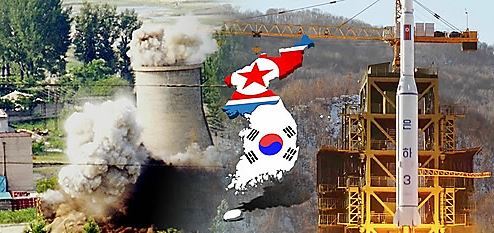A nuclear bomb with a 50-kiloton yield, such as the one reportedly tested by North Korea on Sunday, has the destructive capacity to induce over 2 million casualties if detonated over Seoul, according to simulation reports by experts.
Six hour prior to conducting the test on Sunday, the North said in a statement that its hydrogen bomb was “a multifunctional thermonuclear nuke with great destructive power which can be detonated even at high altitudes for super-powerful Electro Magnetic Pulse attack according to strategic goals.”
Analysts at the US think tank Rand Corp. in 2010 estimated that a nuclear blast of 10 kilotons in Seoul could induce up to 235,000 casualties. Rand Corp. also warned the nuke attack would outstrip the city of medical supplies, leaving nearly half the 1.34 million injured people without hospital beds.
Earlier in 2005, the Defense Threat Reduction Agency within the US Department of Defense also made a prediction based on simulations, suggesting a nuclear blast of 20 kilotons in Seoul would kill 1.13 million in the city.
According to a 1998 report from the US Department of Defense, a 15-kiloton nuclear blast in Seoul would wipe out all buildings within a 150-meter radius, and anyone within a 1.5-kilometer radius would suffer third-degree burns all over the body.
Given the estimated 50-kiloton yield of the bomb tested Sunday, experts believe a nuclear blast of such scale would inflict over 2 million casualties and wipe out most of the buildings in central Seoul.
The Korea Institute for Defense Analyses has also reportedly run simulations of a nuclear blast in Seoul, the result of which have been not made available to the public.
 |
(Yonhap) |





![[Exclusive] Hyundai Mobis eyes closer ties with BYD](http://res.heraldm.com/phpwas/restmb_idxmake.php?idx=644&simg=/content/image/2024/11/25/20241125050044_0.jpg)
![[Herald Review] 'Gangnam B-Side' combines social realism with masterful suspense, performance](http://res.heraldm.com/phpwas/restmb_idxmake.php?idx=644&simg=/content/image/2024/11/25/20241125050072_0.jpg)

